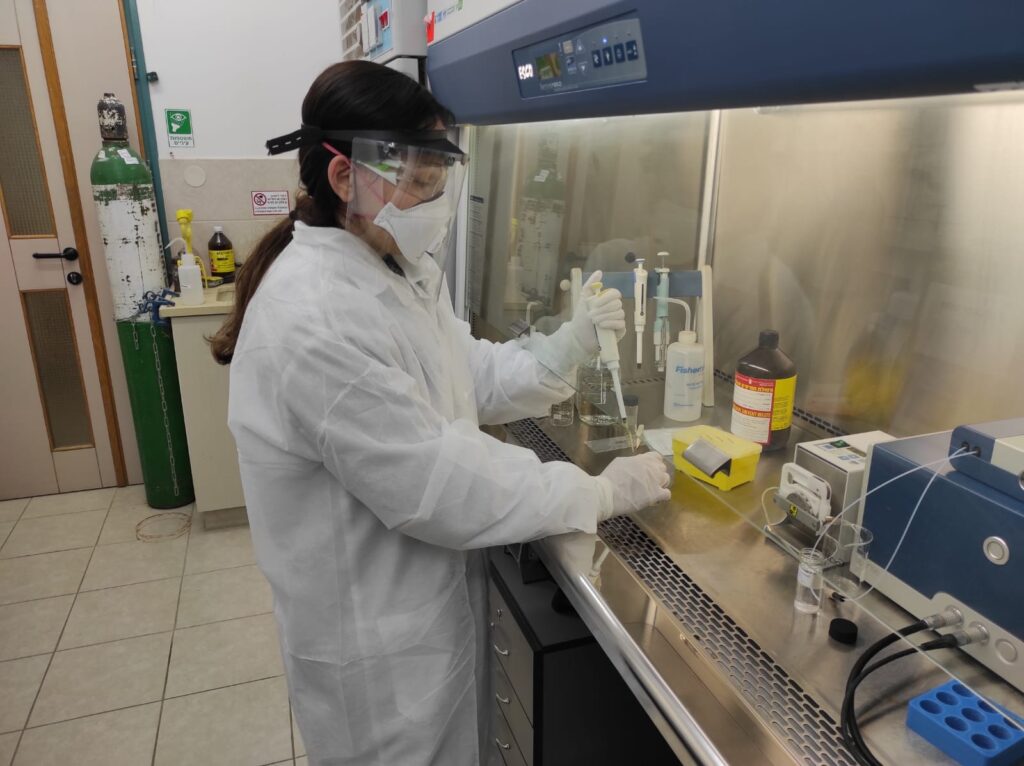The coronavirus disease 2019 (COVID-19) caused by novel severe acute respiratory syndrome coronavirus SARS-CoV-2 has spread worldwide with an unprecedented dissemination rate and scale. This illness is particularly pathogenic in humans with especially high morbidity among elderly; over 3,2M people worldwide have died up to date. Aerosol transmission is a major but not the only possible way and that other cross-contamination routes involving surfaces can also play a key role in the rapid spreading of viruses. Given the fact that no specific treatment is available for SARS-CoV-2, surfaces or objects that can passively mitigate adhesion and, therefore, early prevent further spread of coronaviruses, may significantly contribute to our common efforts in fighting the ongoing pandemic and preventing its resurgence. The latter strategy is the focus of this research which is carried out in collaboration with the group of Prof. Sosnik from the Department of Materials Science and Engineering. We aim at gaining a fundamental knowledge on the surface binding and survival mechanisms of the novel type of coronavirus SARS-CoV-2. The basic study we are performing will allow understanding the mechanisms guiding the interfacial interactions of CoV-2 virion with various surfaces and under various environmental conditions. We believe, bthat the outcome of this research will be of broad scientific, industrial and public impact and may significantly improve our safety practices.

Publications:
- Dobrynin D, Polishchuk I, Portal L, Zlotver I, Sosnik A* and Pokroy B*. Adsorption of SARS-CoV-2 spike proteins on various functionalized surfaces correlates with the high transmissibility of Delta and Omicron variants. Mater Today Bio 2022.
- Dobrynin D, Polishchuk I. and Pokroy B. A Comparison Study of the Detection Limit of Omicron SARS-CoV-2 Nucleocapsid by Various Rapid Antigen Tests. Biosensors, 2022

